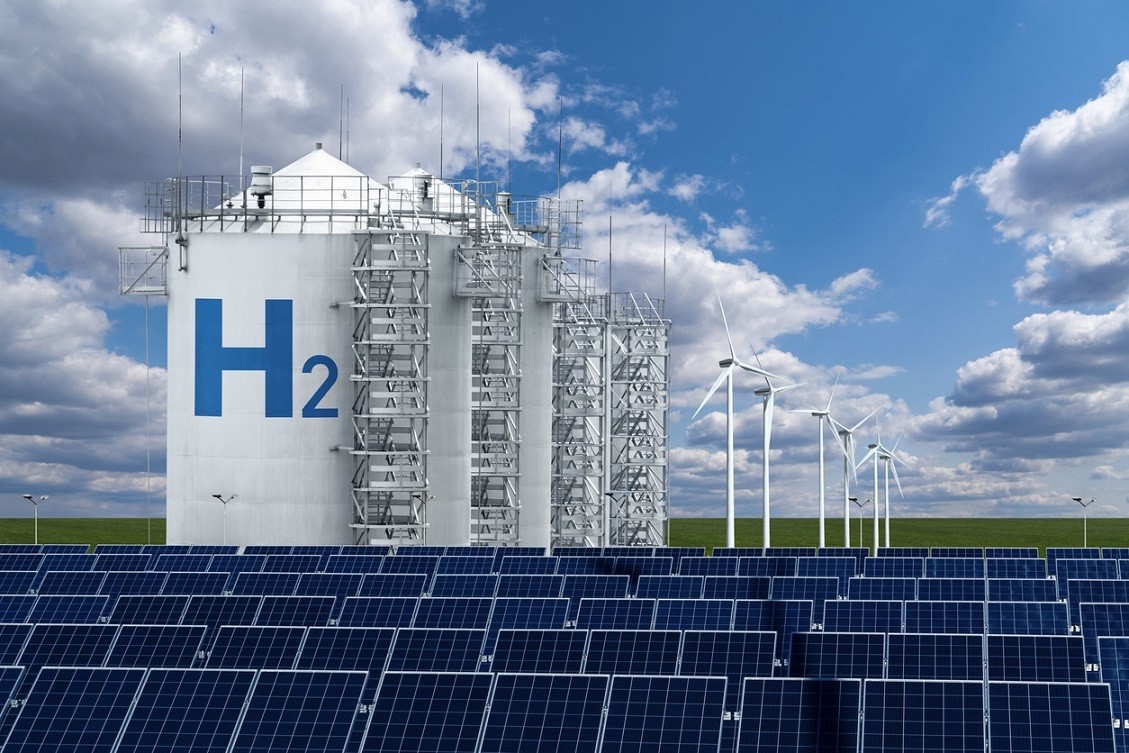 |
| Will the world's largest green hydrogen plant compete with Russian gas? (Illustration photo - Source: Istock) |
The debate over green hydrogen has taken a surprising turn as Japan’s Mitsubishi Corporation is investing $690 million to build the world’s largest green hydrogen plant in the Netherlands. This is considered good news for Europe.
The new plant will be much larger than any built to date. More importantly, it will help plug some of the holes in Europe’s energy independence plans, where Russian gas has remained a major source despite sanctions.
How big is this green hydrogen project?
Green hydrogen is created by using renewable energy to power electrolyzers that split water molecules into hydrogen and oxygen. We can use the hydrogen and release the oxygen into the atmosphere without any negative impacts. This is one of the cleanest ways to create hydrogen, which can then be used as fuel.
Over the weekend, Nikkei Asia reported that “Japanese conglomerate Mitsubishi Corp. plans to invest more than 100 billion yen ($690 million) to build one of the world’s largest green hydrogen plants in the Netherlands.”
Specifically, according to the article, “the plant's planned capacity is 80,000 tons per year, nearly 30 times larger than the capacity of the world's largest facility currently in operation.”
30 times larger, that's a lot of green hydrogen being produced! Green hydrogen is primarily used as fuel for battery-powered electric vehicles, but it's also a common input for industries such as food, oil refining, metallurgy, along with pharmaceuticals, toiletries, and other products.
The global economy today relies heavily on hydrogen extracted from natural gas, but the plummeting cost of wind and solar power generation has spurred activity in electrolysis.
The new electrolyzer is under the umbrella of Eneco Diamond Hydrogen, a joint venture between Mitsubishi and Dutch company Eneco. Called the “Eneco Electrolyzer,” the 800-megawatt project aims to decarbonize gas-dependent industries that are difficult to electrify directly. Instead, the electricity is stored, transported and used in the form of green hydrogen.
According to the plan, both wind and solar power will be deployed to maintain the operation of the electrolyzers.
“Where direct electrification is not possible, green hydrogen is a good and sustainable alternative, both as a raw material and as a fuel,” Eneco CEO As Tempelman explained in a press release last November.
The storable and transportable properties of green hydrogen will help create more resilience and flexibility in electricity supply.
The biggest barrier to green hydrogen adoption is its high cost. The US Department of Energy currently sets a price of $5 per kilogram for green hydrogen, with a goal of reducing that to $1 by 2030. That’s a stark contrast to natural gas, which the International Energy Agency pegged at around $1.70 per kilogram, depending on the region.
It remains to be seen when and if the Eneco electrolyzer will be able to compete directly with natural gas, but the location of the new facility could be an advantage. The green hydrogen plant is located at the Enecogen power plant in Europoort, Rotterdam, Netherlands.
“This location means that the two plants can share some infrastructure, which is an advantage in terms of cost and implementation time,” Eneco explains.
However, there is no rush to get excited about the new project. As of November last year, Eneco was still in the process of submitting a planning application, so the planned implementation is still uncertain. However, if all goes well, construction is expected to begin in 2026, with the plant expected to be operational by 2029.
The clock is ticking. Eneco's “One Planet Plan” sets a goal of climate neutrality by 2035 for both the company and its customers.
“The Netherlands and Europe have set targets for green hydrogen production. The Netherlands plans to increase production capacity to 4 Gigawatts by 2030,” the company explains.
Efforts to be independent of Russian gas
Since the outbreak of the Russia-Ukraine conflict (February 2022), Europe has been increasingly motivated to stop relying on imported natural gas from Russia. However, despite a series of sanctions packages applied by the EU, Russian energy still finds a way to flow to this continent.
“While some countries have significantly decoupled themselves from Russia in terms of energy, others – such as Hungary, Slovakia and Austria – remain dependent on Moscow's gas and are unwilling to change for both political and economic reasons,” RFE reported in an article on December 31, 2023.
“Completely removing Russia from the ‘energy equation’ will be much harder to achieve in a divided EU, where countries not only have very different energy needs but also very different relationships with the Kremlin,” the paper said.
The political situation and pipeline infrastructure have helped Russian gas flow to Europe. Ironically, that includes a corridor that transports gas via pipeline from Russia to Europe, via Ukraine.
While Russian pipeline gas exports to the EU have fallen since the conflict began, LNG (liquefied natural gas) exports have actually increased. The reason is quite simple: Sanctions on Russian gas do not yet cover LNG.
“Without EU sanctions, Russian LNG imports, mainly via tankers, increased by 40% between January and July 2023 compared to pre-conflict levels,” the article quoted figures from environmental watchdog Global Witness as saying.
The Ukrainian clean energy organization Razom We Stand continued to highlight the “LNG gap” in a statement on January 15. Svitlana Romanko, founder and director of Razom We Stand, called for a ban on Russian LNG imports in Europe and an end to the overall dependence on goods from Moscow.
The EU has made great efforts to address its dependence on Russian energy, such as imposing a series of sanctions on Moscow and implementing many renewable energy projects. However, whether and when the old continent can become self-sufficient in energy is still a big question, depending on many factors and taking time to answer.
Source




![[Photo] President Luong Cuong attends special political-artistic television show "Golden Opportunity"](https://vstatic.vietnam.vn/vietnam/resource/IMAGE/2025/8/22/44ca13c28fa7476796f9aa3618ff74c4)
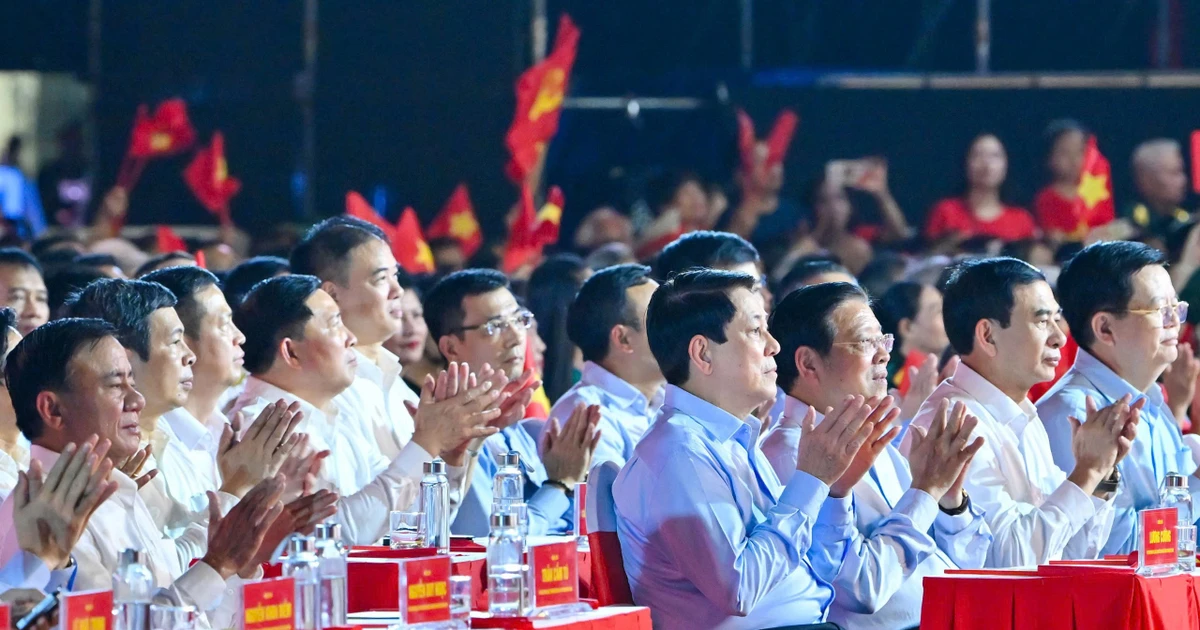

![[Photo] Prime Minister Pham Minh Chinh chairs the conference to review the 2024-2025 school year and deploy tasks for the 2025-2026 school year.](https://vstatic.vietnam.vn/vietnam/resource/IMAGE/2025/8/22/2ca5ed79ce6a46a1ac7706a42cefafae)
![[Photo] President Luong Cuong receives delegation of the Youth Committee of the Liberal Democratic Party of Japan](https://vstatic.vietnam.vn/vietnam/resource/IMAGE/2025/8/22/2632d7f5cf4f4a8e90ce5f5e1989194a)
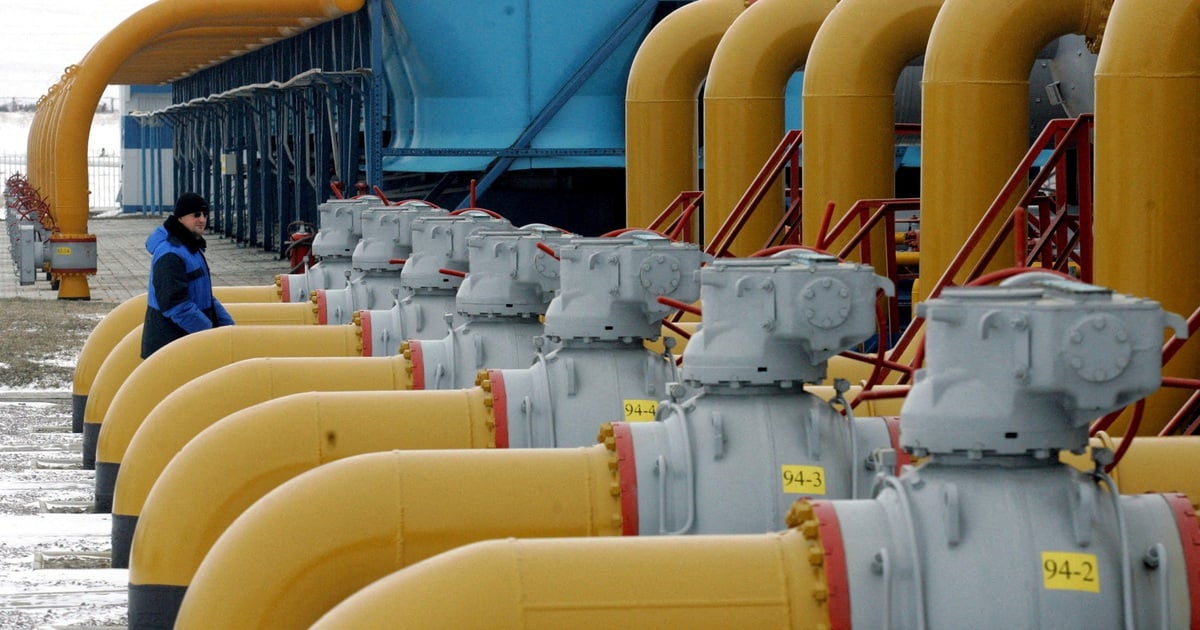

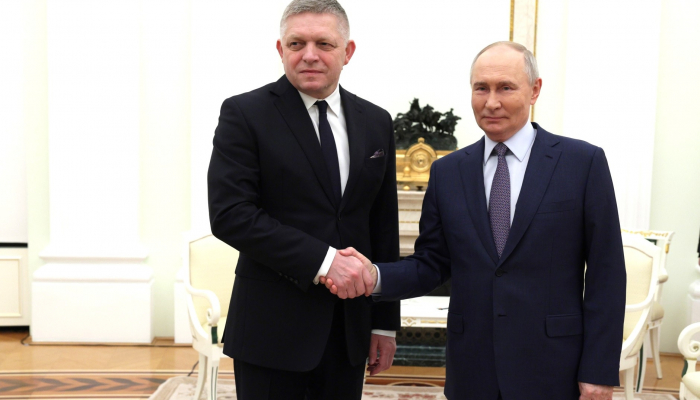

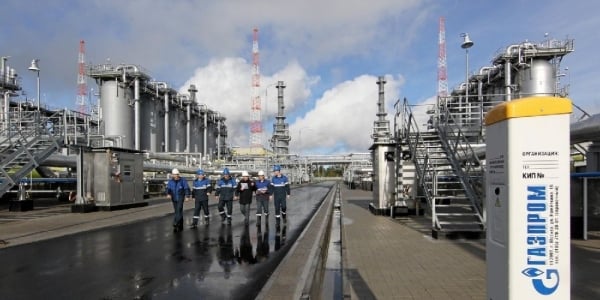
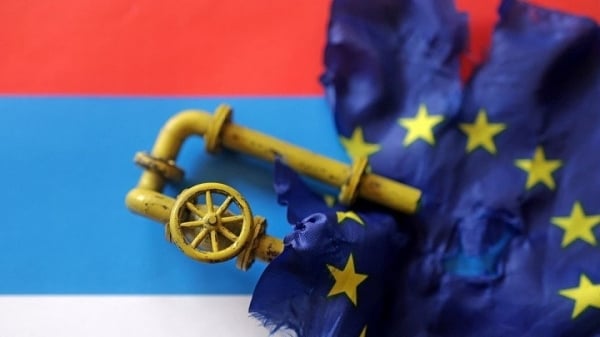
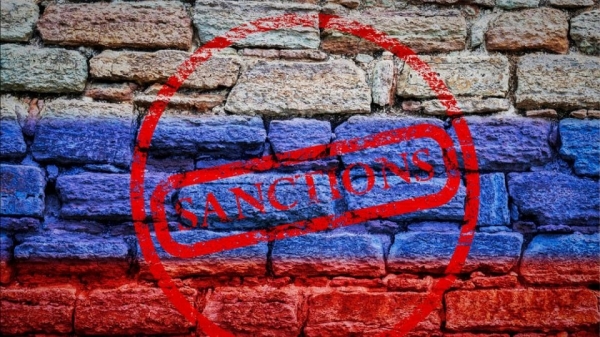
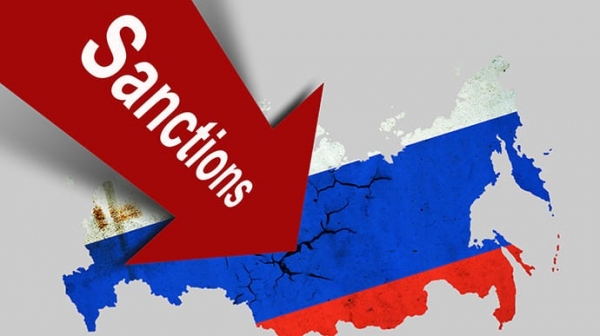
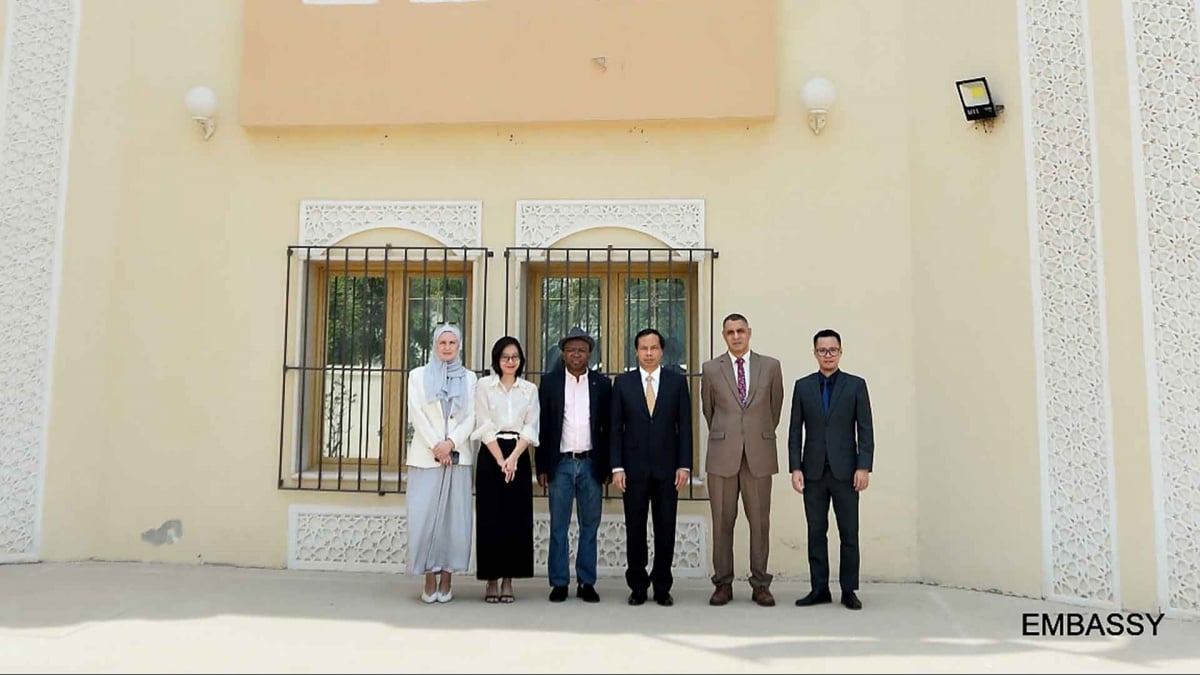


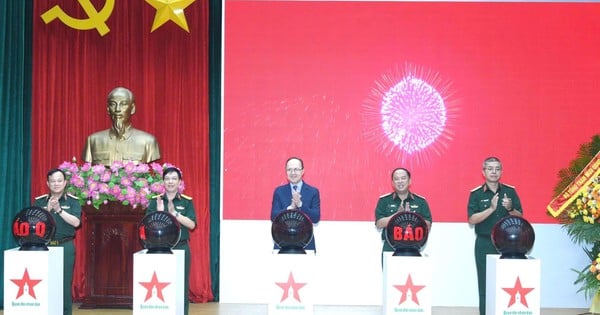

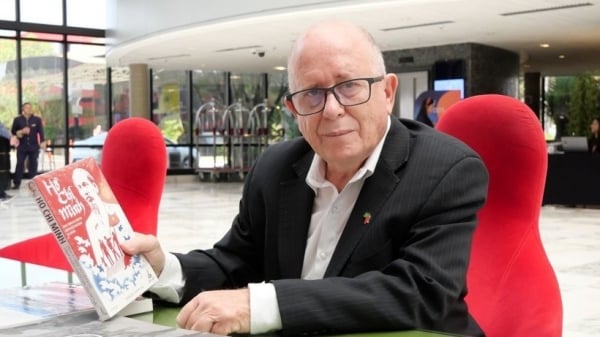

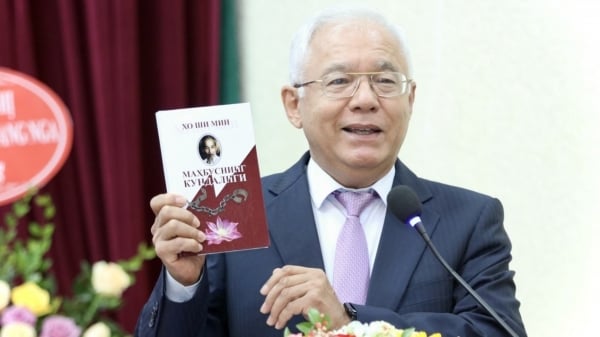





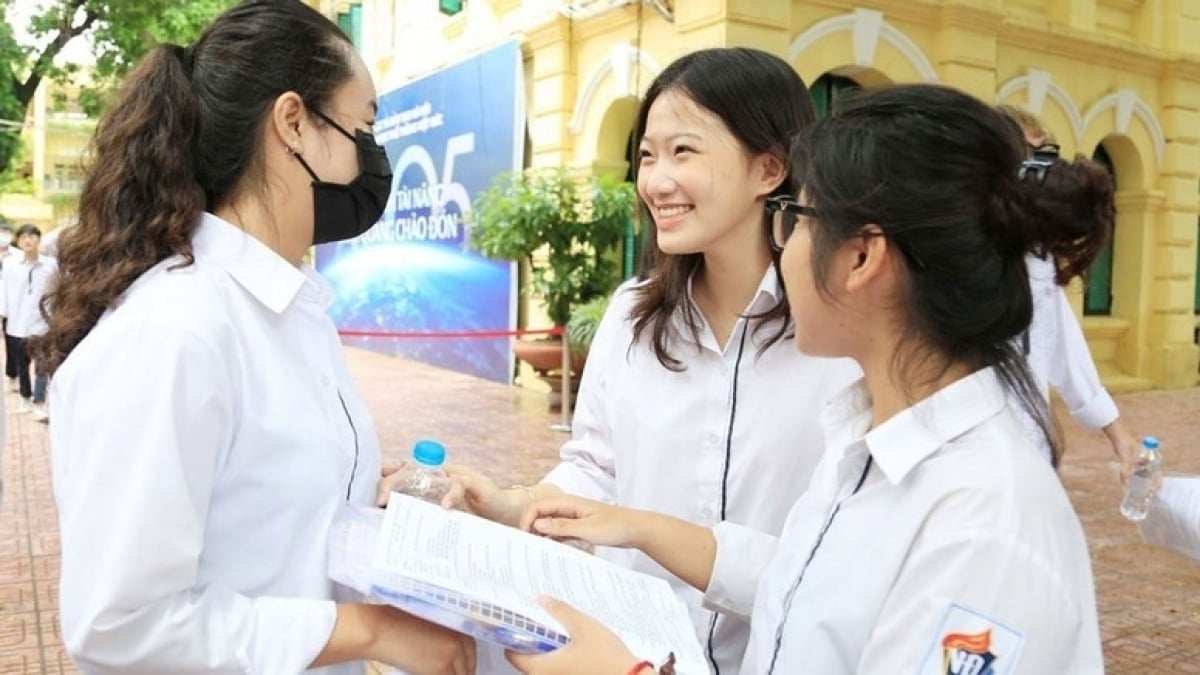



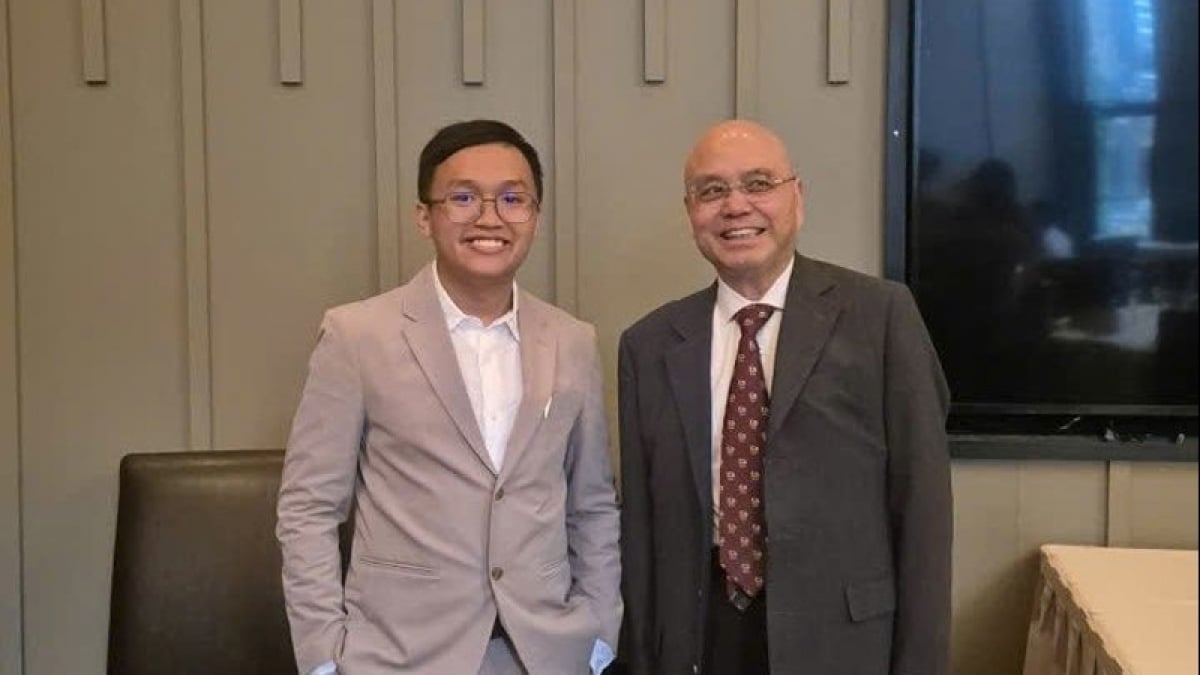




































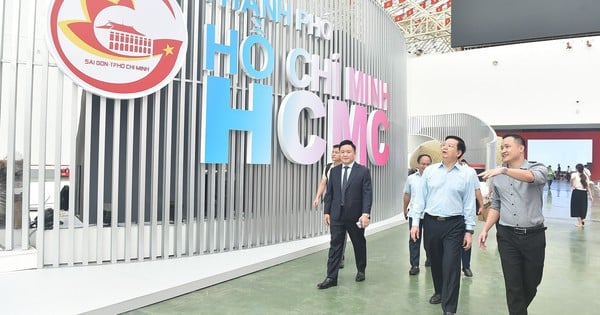

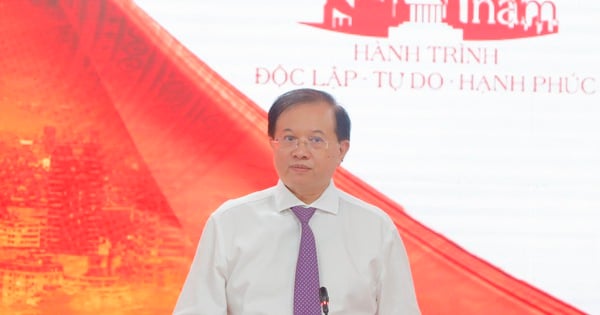

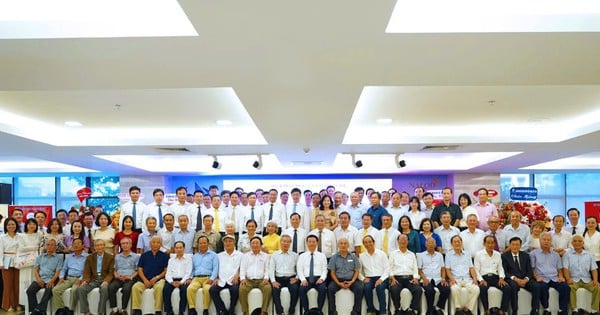

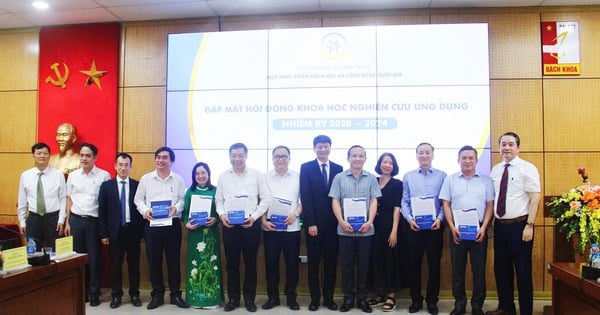
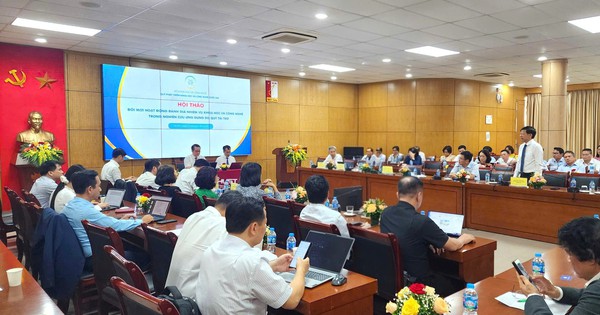
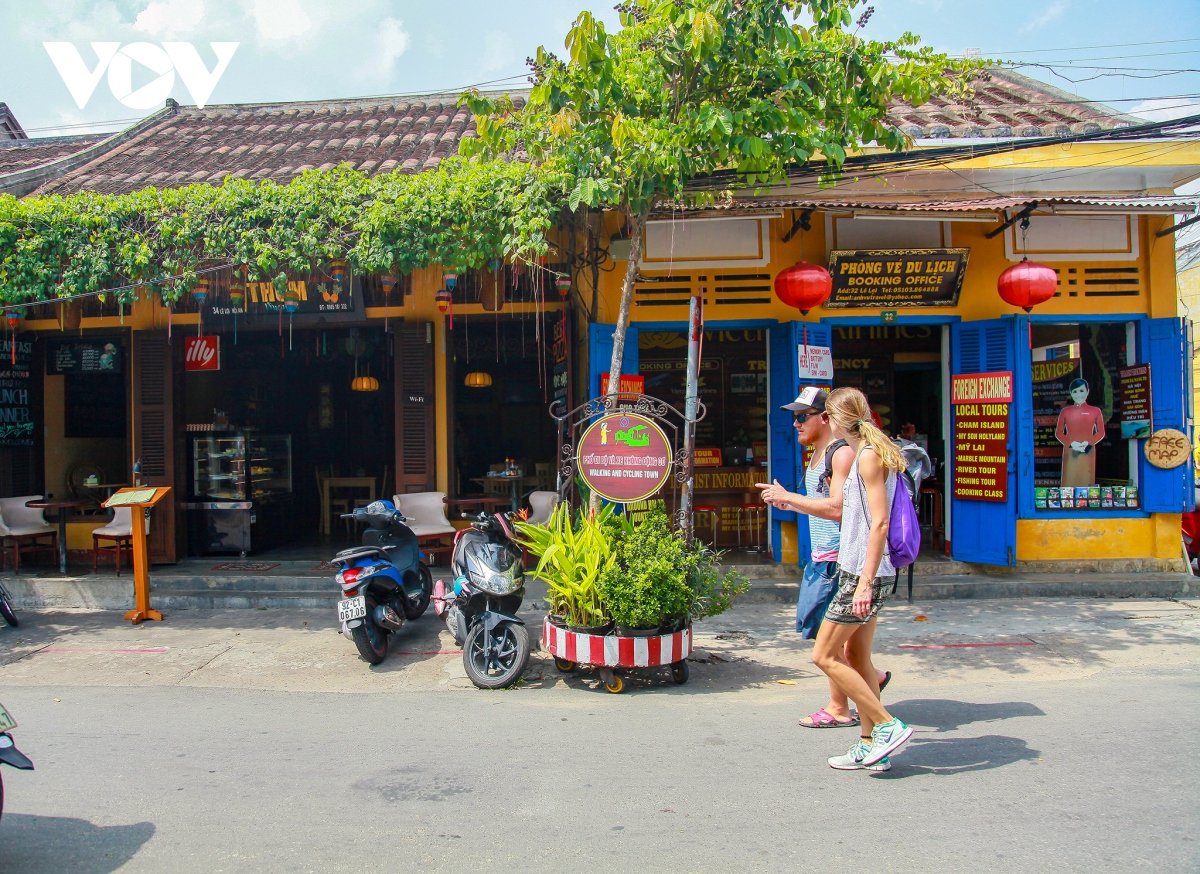

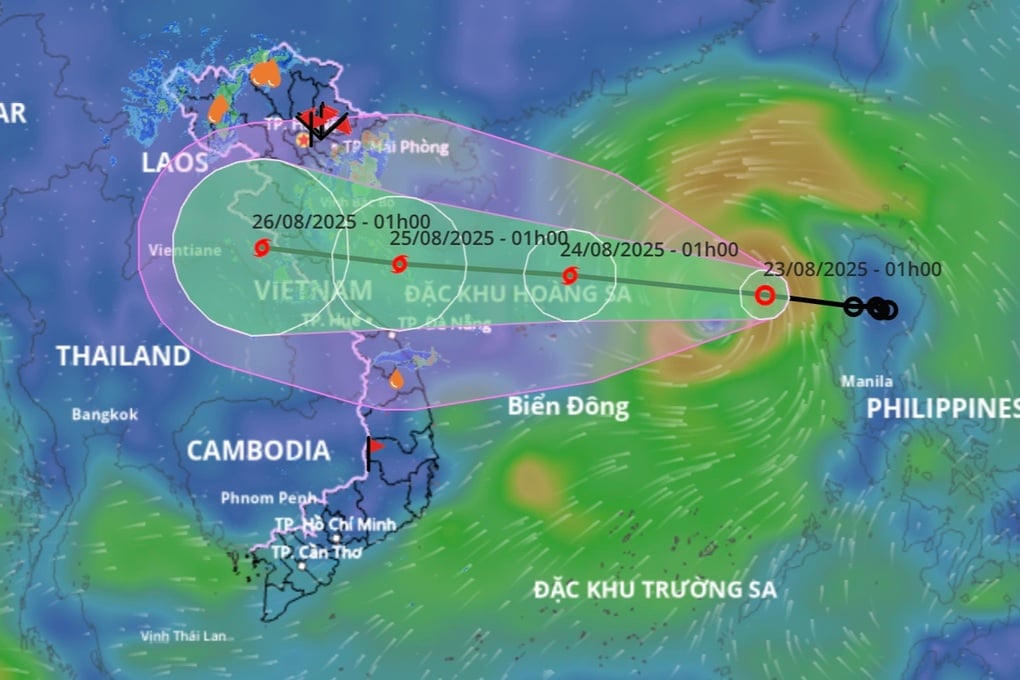
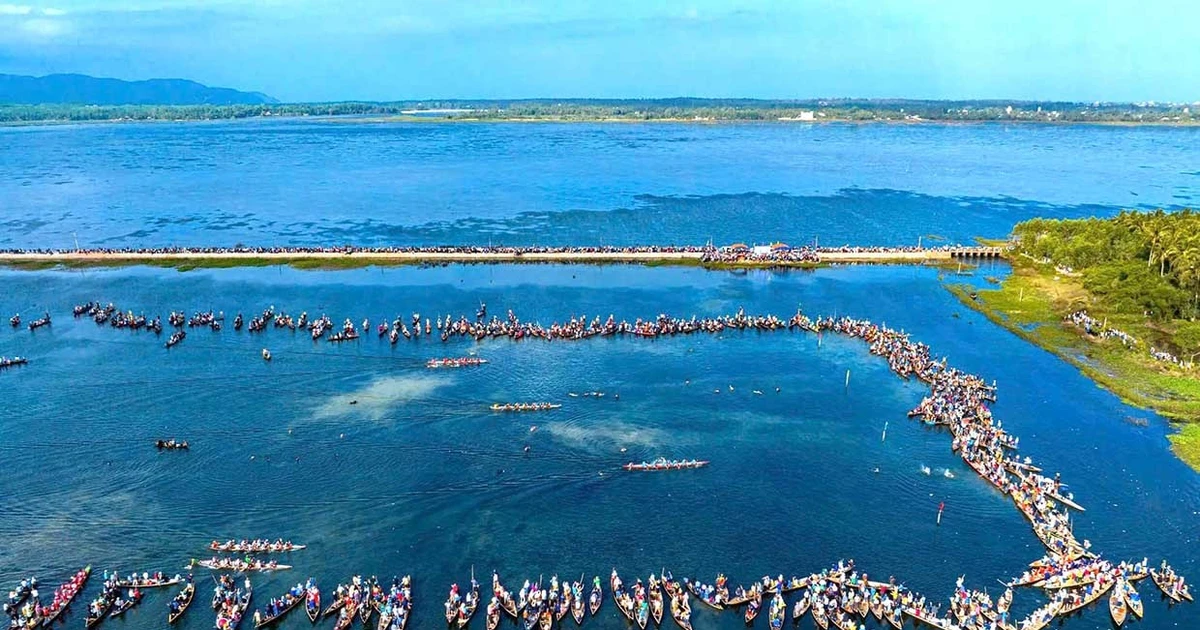

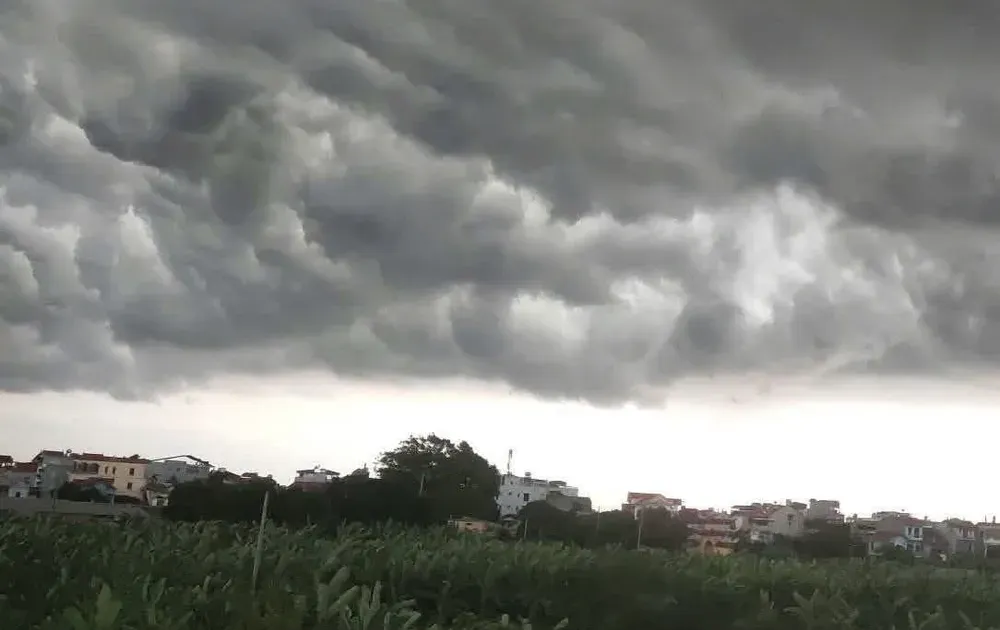

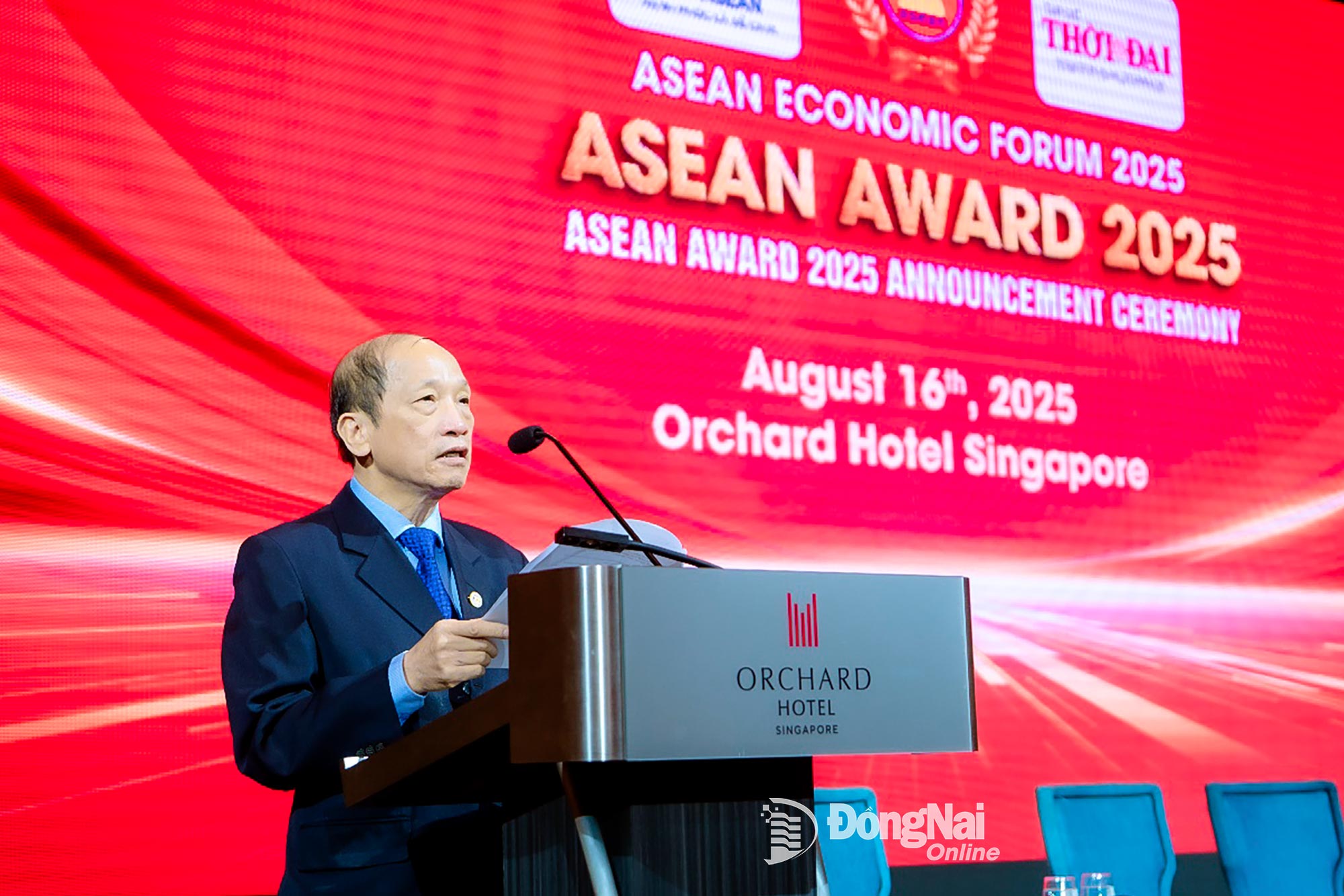
















Comment (0)